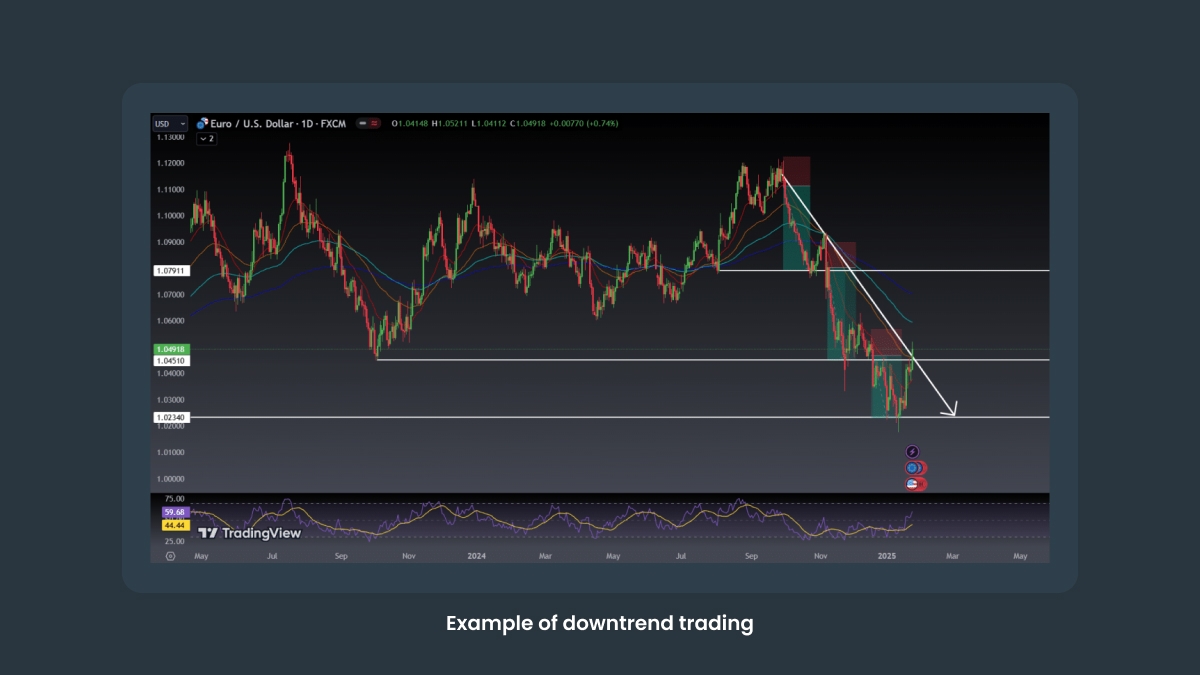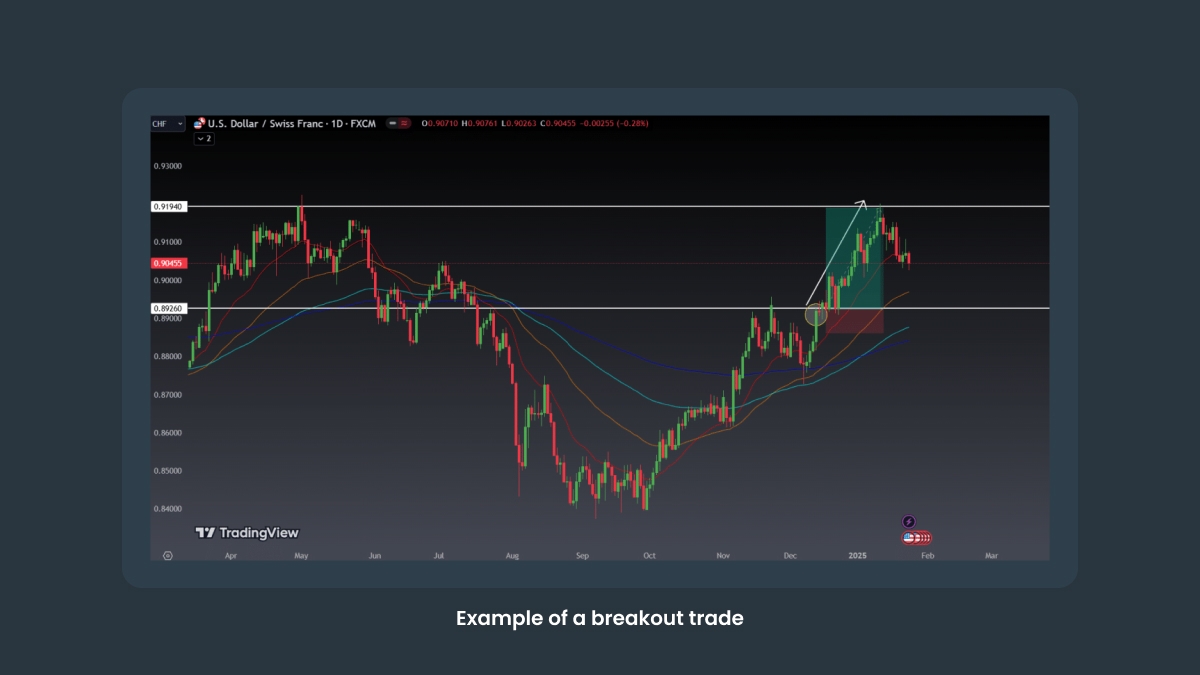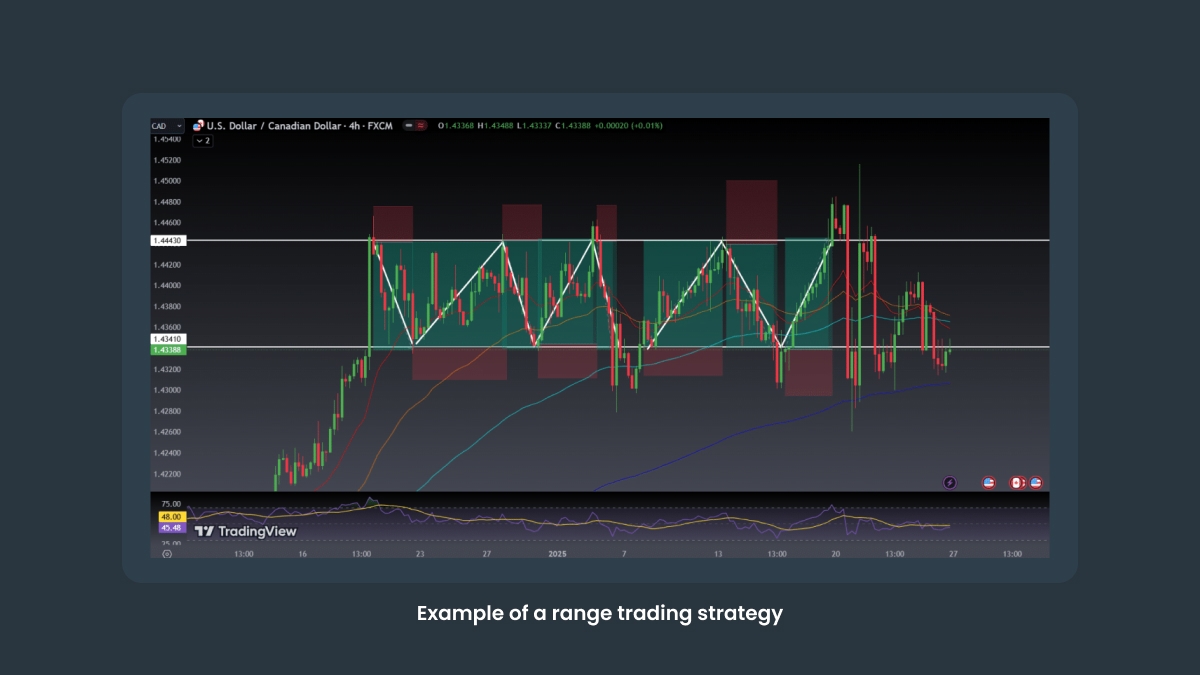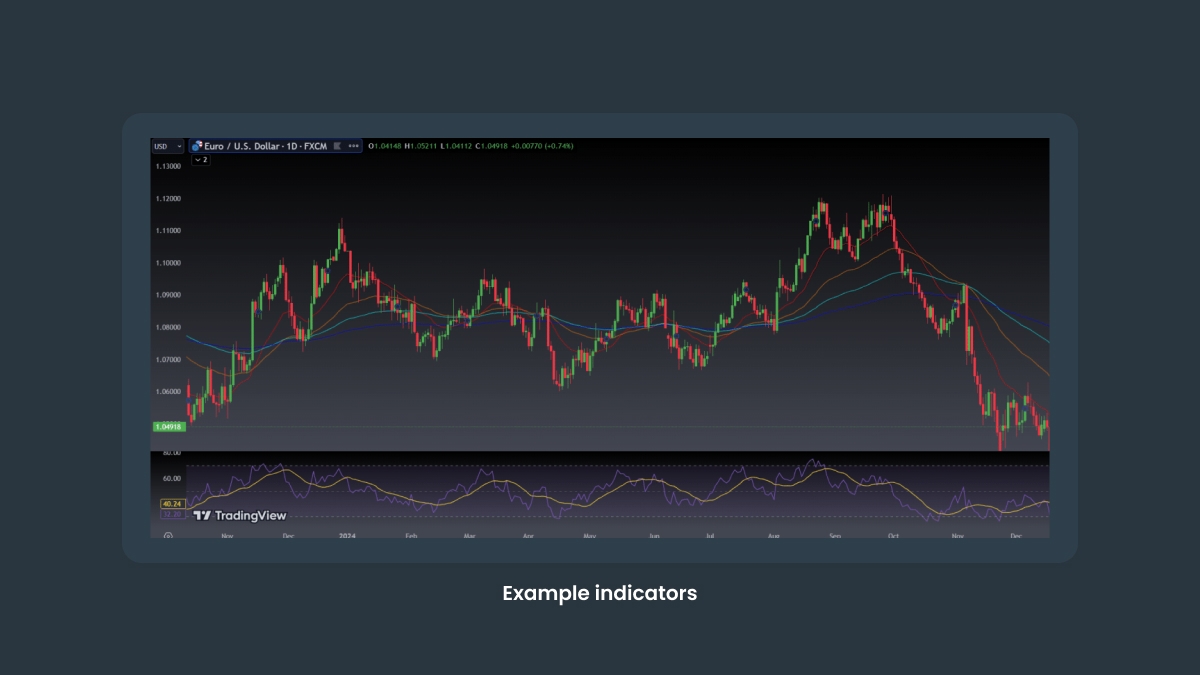3. Strict trading discipline
Discipline is the glue that holds a forex trading strategy together. Without it, even the most robust strategies can fail.
Following a trading plan. Stick to your strategy regardless of market noise. Emotional trading often leads to poor decisions.
Maintaining a journal. Document your trades to analyze what works and what doesn’t. This habit helps you refine your FX trading strategies over time.
Patience and emotional stability. Markets can be unpredictable, and opportunities may not always be immediate. Cultivating patience and managing emotions are critical skills for long-term success.
4. Continuous learning
The forex market constantly evolves, driven by global economic shifts, geopolitical events, and technological advancements. To stay ahead, traders must commit to lifelong learning.
Adapting to market changes. Revise your strategies regularly to align with changing market conditions.
Learning from others. Engaging with other traders through forums, webinars, or mentorship programs can provide new insights and trading techniques.
Expanding knowledge. Study economic indicators, market trends, and advanced tools to enhance your forex trading techniques.
By strengthening all four pillars, traders can develop a balanced approach to trading. This enhances the likelihood of success and builds resilience to handle setbacks and challenges effectively.
Popular forex trading strategies
The forex market offers traders many opportunities, but success depends heavily on choosing the right forex trading strategies. Below, we explore three widely used and proven approaches that can help traders identify profitable opportunities while navigating different market conditions.
1. Trend-following strategy
One of the most popular and straightforward forex trading systems is the trend-following strategy. It is based on the principle that "the trend is your friend," aiming to capitalize on sustained price movements in one direction.
How it works
Traders use technical indicators, such as moving averages, trendlines, or the relative strength index (RSI), to identify the market’s direction. Once a trend is established, trades are opened in that direction — buying during uptrends and selling during downtrends.
Key indicators:
Moving averages (e.g. SMA, EMA) to smooth out price data and confirm trends.
Average directional index (ADX) to measure the strength of a trend.

2. Breakout strategy
The breakout strategy revolves around trading when the price "breaks out" of key support or resistance levels, signaling potential momentum in the direction of the breakout.
How it works
Traders identify horizontal support and resistance zones on the chart.
When the price breaks above resistance or below support, this is considered a signal to buy or sell, respectively.
To minimize risk, traders often set stop-loss orders just outside the breakout zone in case of false breakouts.
Why it’s effective
Breakouts often indicate increased volatility and directional momentum, leading to substantial profits if caught early.

3. Range trading strategy
Range trading is ideal for markets that lack a clear trend and move within a confined price range. This strategy involves buying at support levels and selling at resistance levels, capitalizing on repeated price bounces within the range.
How it works
Traders identify horizontal or slightly sloping support and resistance levels.
Entry points are at or near support (for buying) and resistance (for selling).
Oscillators like the stochastic oscillator or the RSI are used to confirm overbought or oversold conditions, signaling potential reversals.
Risk management
Range traders should always use stop-loss orders to protect against unexpected breakouts.

Choosing the right strategy
These forex trading techniques have strengths and are suited to specific market conditions. For example:
Trend-following strategies excel in trending markets.
Breakout strategies work best in highly volatile environments.
Range trading thrives in periods of low volatility.
By judiciously understanding and applying these strategies, traders can enhance their chances of success and develop a more robust forex trading system.
Summary
There are four pillars of success in forex trading: a solid strategy, well-developed risk management, strict trading discipline, and a commitment to continuous learning. Each of these elements plays a critical role.
Developing a robust strategy tailored to your trading goals ensures you can identify profitable opportunities. Effective risk management safeguards your capital, setting you up for consistent, long-term growth. Discipline keeps emotions in check and ensures adherence to your plan, and continuous learning allows you to adapt to changing market conditions and refine your techniques.
Whether you’re utilizing trend-following, breakout, or range trading strategies — or even considering the more advanced methods — balancing these components cannot be overstated. By reinforcing all four pillars, you enhance your ability to manage risks, seize opportunities, and achieve sustained profitability in this dynamic market. Remember, success in forex doesn’t come from luck — it’s built on preparation, patience, and persistence.




